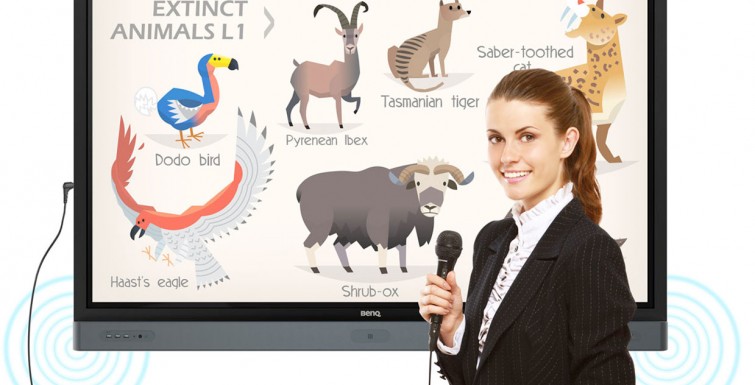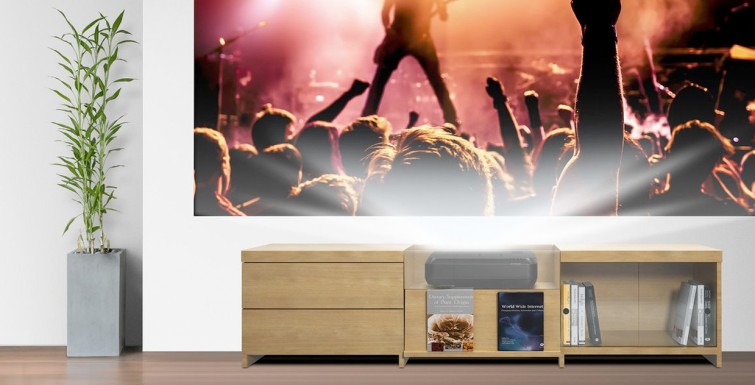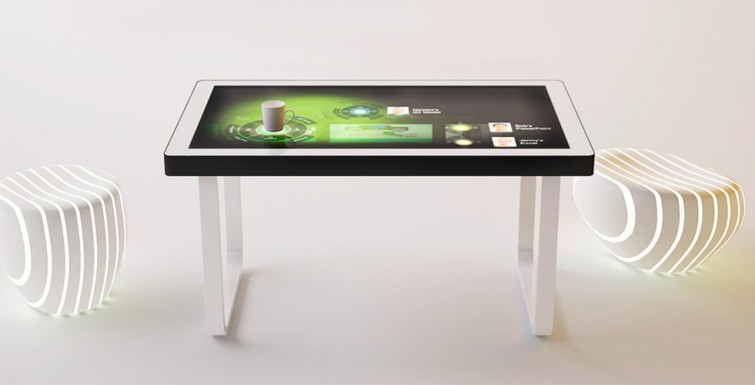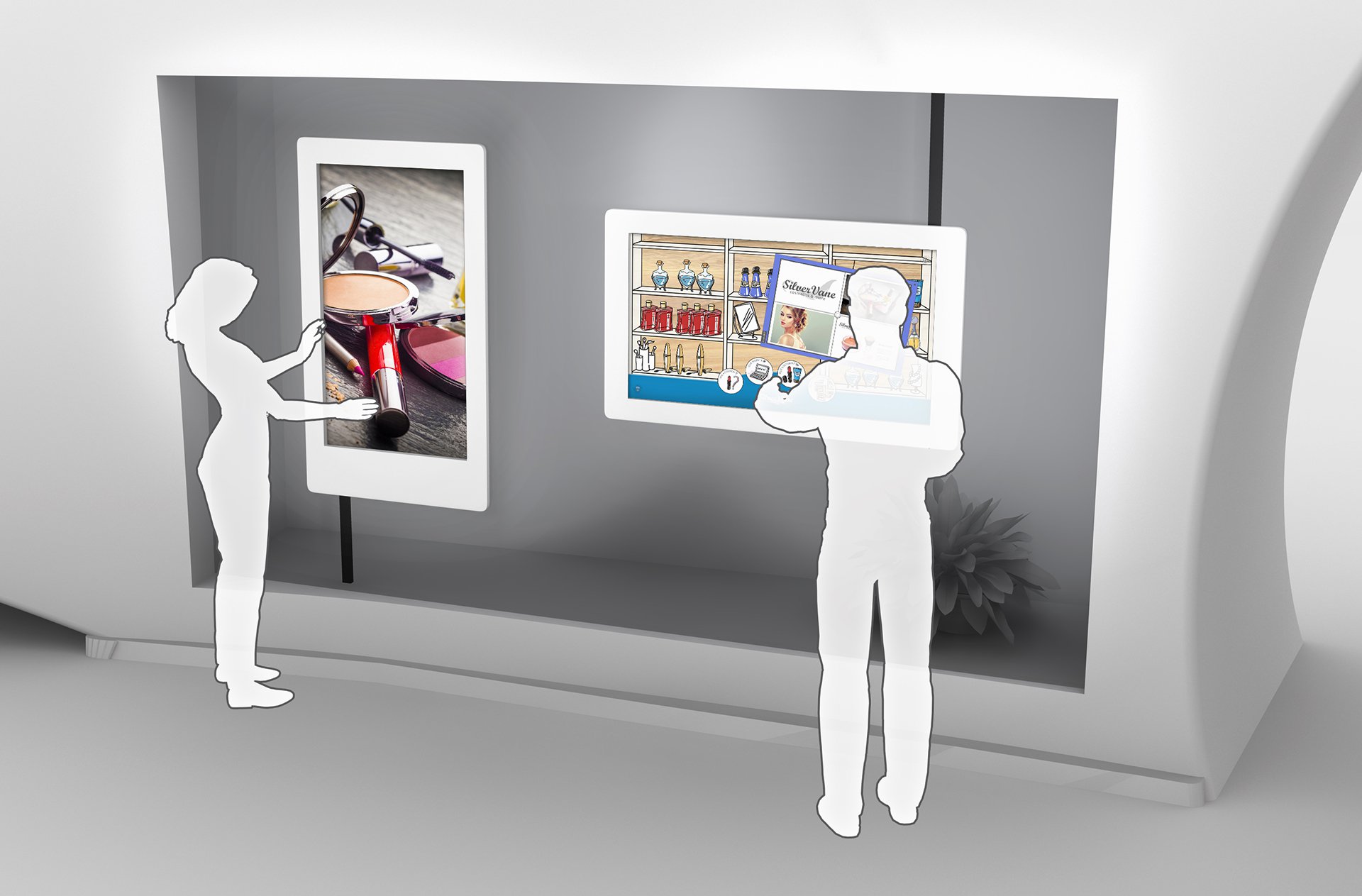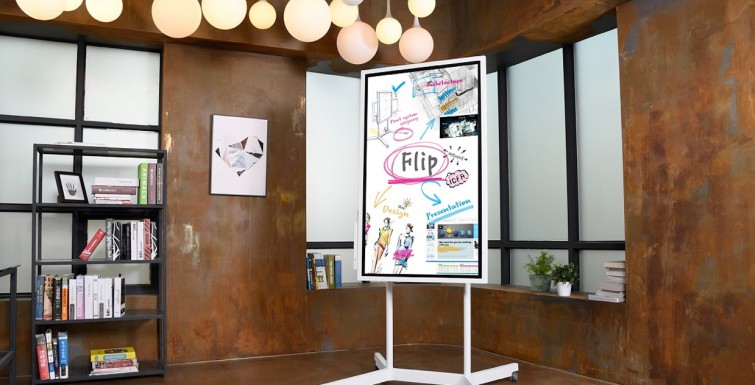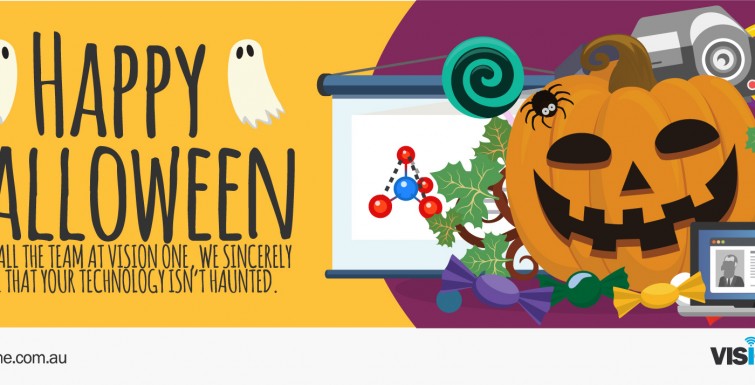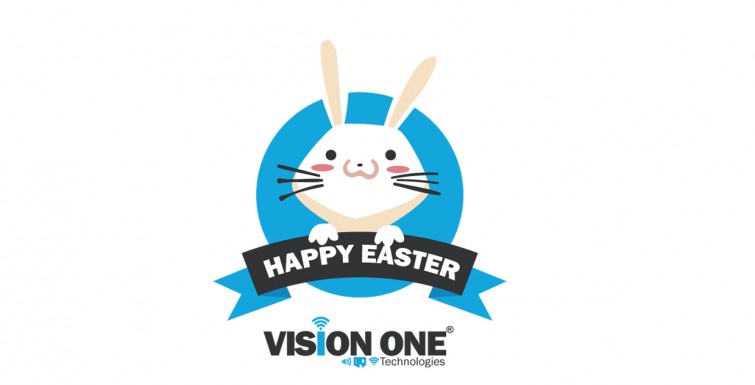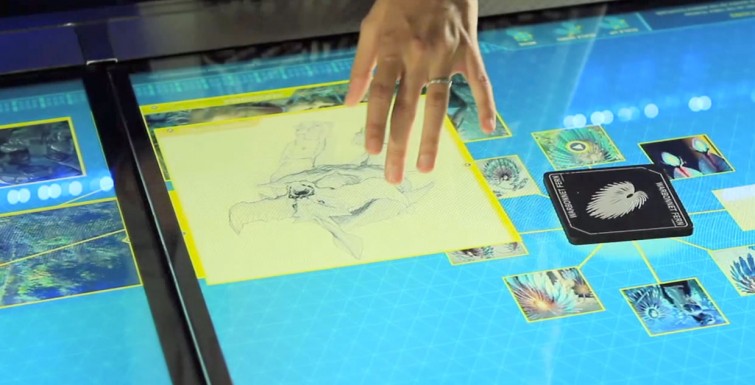Welcome to the ever-evolving world of audio visual (AV) technology, where classrooms hum with innovation and shop windows entice with interactive wonder. As 2024 kicks off, Australia’s education and commerce sectors are poised to witness exciting trends that will reshape the way we learn, do business and shop.
Education Ascends: Imagine classrooms where AR dinosaurs roam hallways and the periodic table explodes into an interactive ballet. This year, Augmented Reality (AR) and Virtual Reality (VR) are no longer futuristic fantasies, but powerful tools poised to ignite student engagement. Picture personalized AI tutors adapting to individual learning styles, offering wisdom like seasoned academic guides. Collaboration soars with upgraded video conferencing platforms, boasting crystal-clear connections and immersive breakout rooms that bridge physical and virtual spaces.
BYOD (Bring Your Own Device) 2.0: It’s no longer just about bringing your own device; it’s about bringing your own ecosystem. Seamless integration of personal devices with AV systems is the new norm. Whether you’re in a bustling classroom or a dynamic commercial space, new-world AV setups will sync effortlessly with your preferred tech companions.
Sustainable AV Solutions: Sustainability isn’t just a trend; it’s a movement, and the AV industry is proudly stepping up. Sustainability in AV (SAVe) is the first industrywide organisation to bring stakeholders in the audio visual (AV) field together to take concerted action to achieve the 2030 Sustainable Development Goals (SDGs). Energy-efficient displays, eco-friendly materials, and a commitment to reducing the carbon footprint – because being cutting-edge doesn’t mean leaving a hefty one.
AI-Powered Analytics for Smarter Spaces: In 2024, it’s not just about seeing; it’s about understanding. AI is the magician behind the scenes, turning raw data from AV systems into actionable insights. From optimising classroom layouts based on student engagement to fine-tuning commercial spaces for productivity, the AV landscape is getting smarter.
The Rise of Hybrid Everything: Work, learn, collaborate – the hybrid model is here to stay. AV solutions are evolving to seamlessly accommodate both physical and virtual participants. Whether you’re in the boardroom, lecture hall, or home office, the experience remains consistently top-notch.
The Vision One Perspective: At Vision One Technologies, we’re not just spectators, we’re architects of this audio visual evolution. We understand the transformative power of these trends and are committed to helping our education and commercial partners leverage them to achieve remarkable results. Whether it’s designing immersive learning experiences or crafting captivating commercial or retail environments, we’re your trusted partner in navigating this exciting technological landscape.
So, buckle up and join us on the AV-Train. We’re here to equip you with the tools and expertise to turn the potential of AV technology into tangible advantages for your classroom or boardroom. And, as the saying goes, “no worries,” we’ve got your back – and your screen, and your virtual reality headset.
P.S. We’re always looking for AV innovators to join our team. If you’re passionate about shaping the future of education and commerce through technology, reach out – we’d love to chat and explore the possibilities together.



